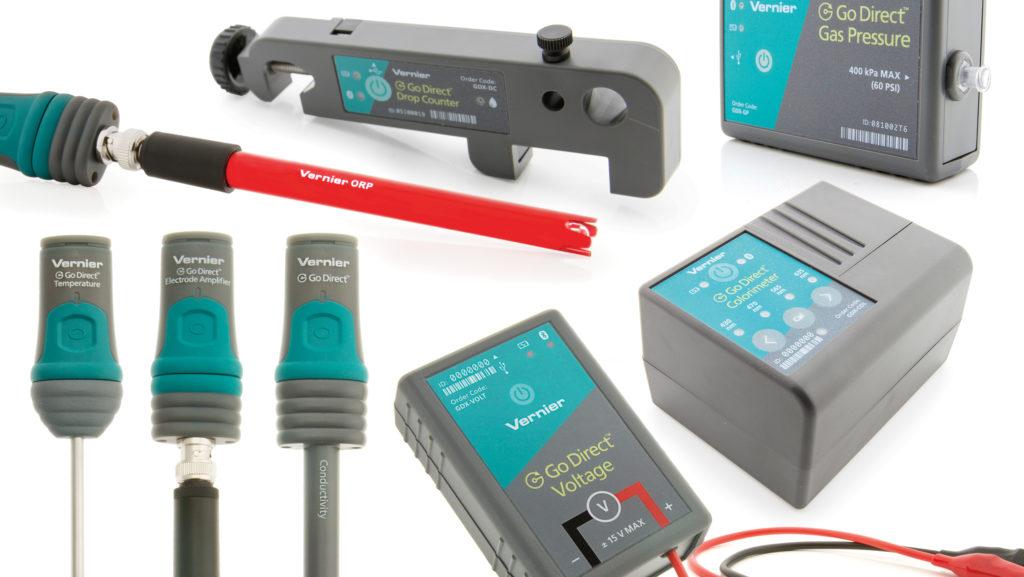
Whether you are teaching general or upper-level college chemistry courses, our affordable sensors and instrumentation make it possible for every student to participate in hands-on learning. Our combination of sensors, software, college-level experiments, and instructional resources engage students and instructors in scientific discovery. We have assembled a collection of products and experiments for commonly taught college chemistry courses.
- General Chemistry: Complete an acid-base titration with our pH probes that have 0.1 pH unit accuracy and a drop counter that accurately converts drops to volume.
- Organic Chemistry: Measure and analyze the GC retention times of a Fischer esterification reaction mixture using the Mini GC Plus Gas Chromatograph with room air as the carrier gas.
- Biochemistry: The Vernier UV-VIS Spectrophotometer can be used to measure the 260/280 nm ratio when purifying proteins and DNA. Its range, 220 nm to 850 nm and 3 nm optical resolution, makes it ideal for biological applications.
- Analytical Chemistry: Investigate redox reactions with a potentiometric titration using an ORP (oxidation-reduction potential) sensor.
- Physical Chemistry: Explore excited-state dynamics with one of our free experiments that walks students through the heavy-atom quenching of quinine fluorescence using the Vernier Fluorescence/UV-VIS Spectrophotometer.
At Vernier, we believe that the use of our sensors and lab equipment should serve to enhance your teaching, not get in your way. Take a look at Periodic Elements—our college chemistry blog where our chemists share their knowledge and ideas. Sign up for Periodic Elements and find a full list of recommendations for college chemistry.
